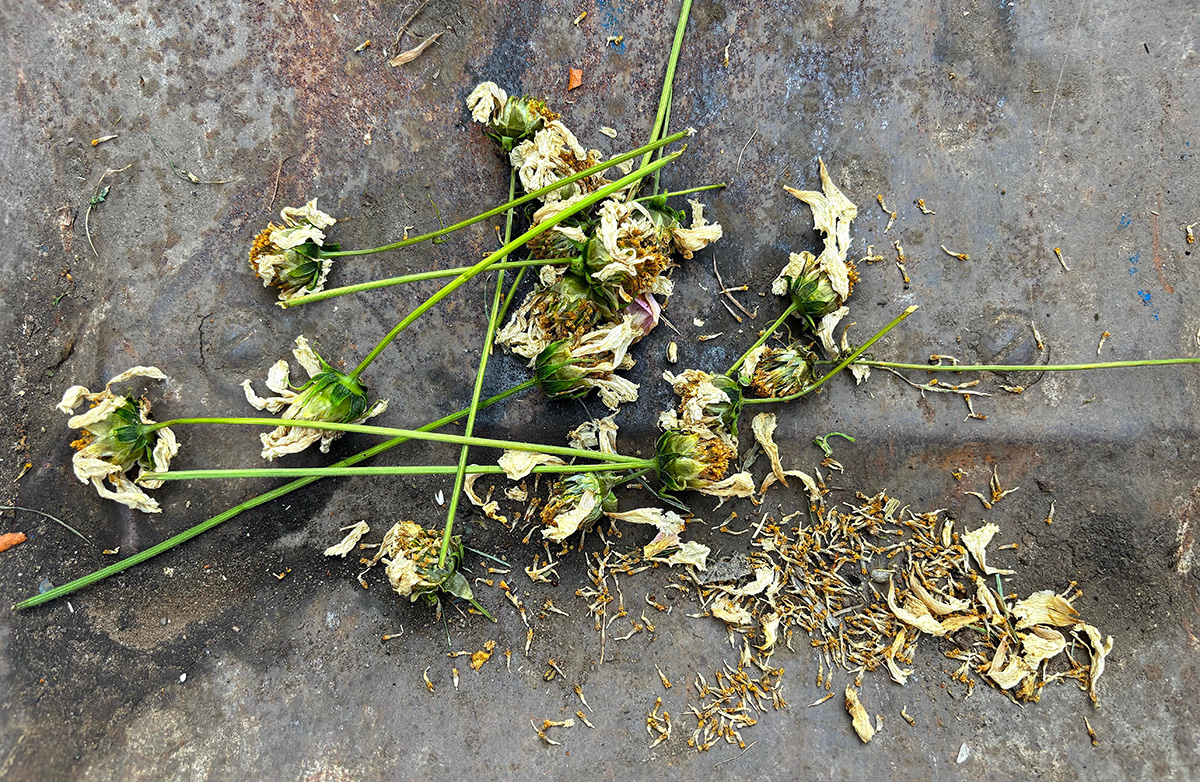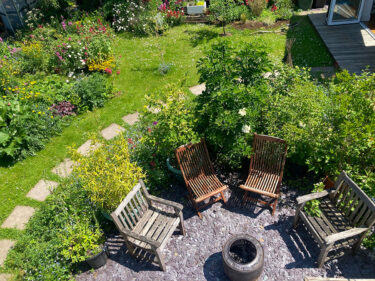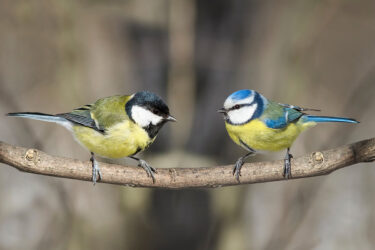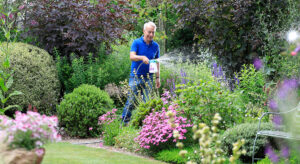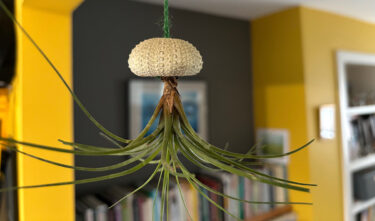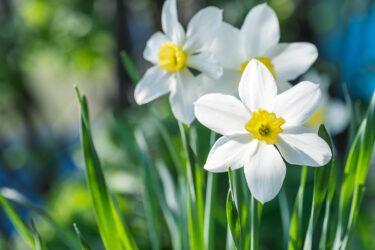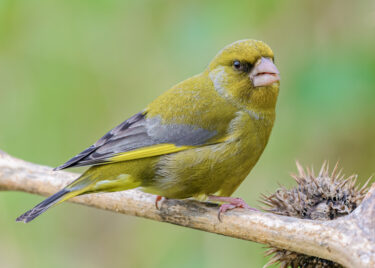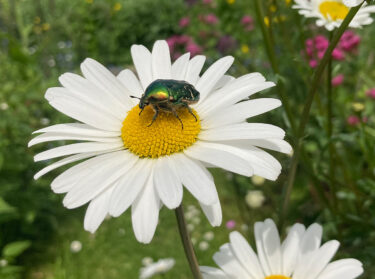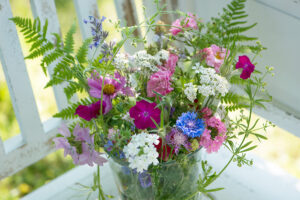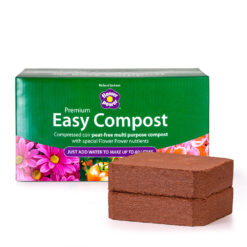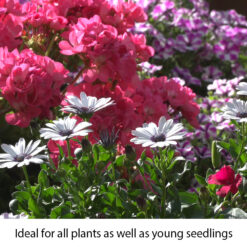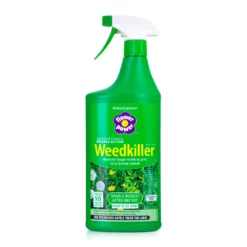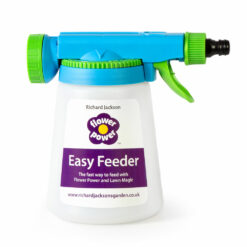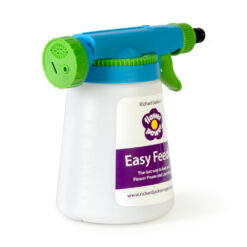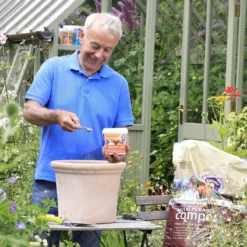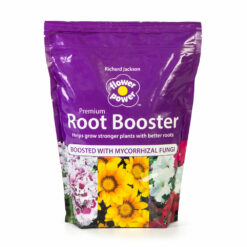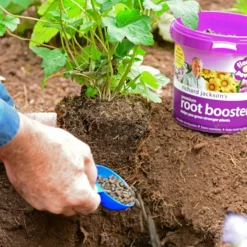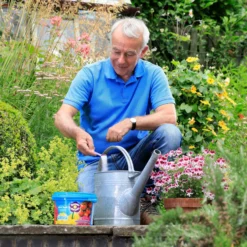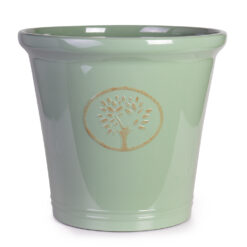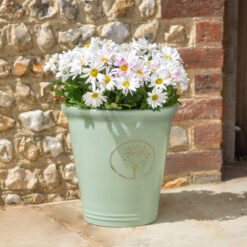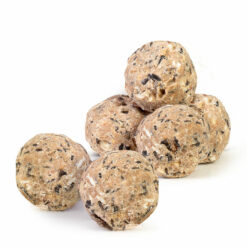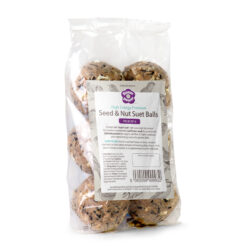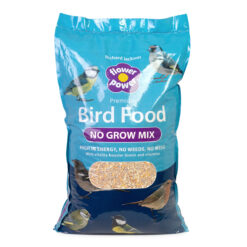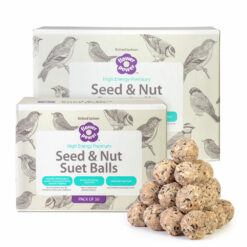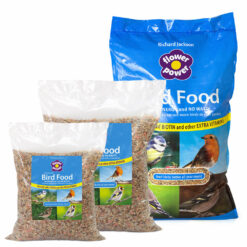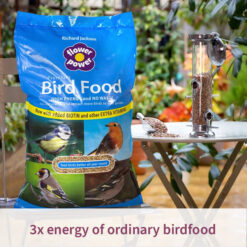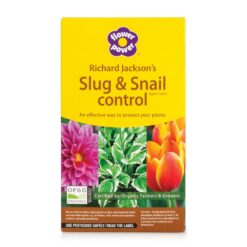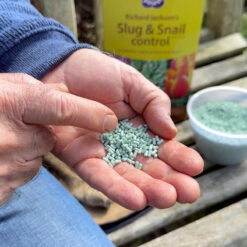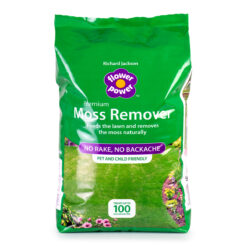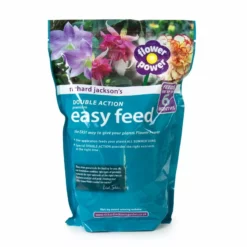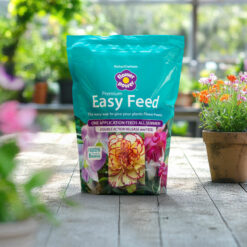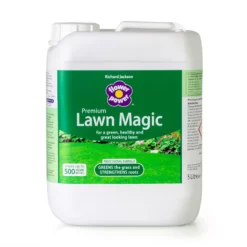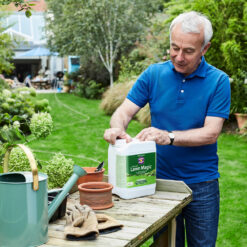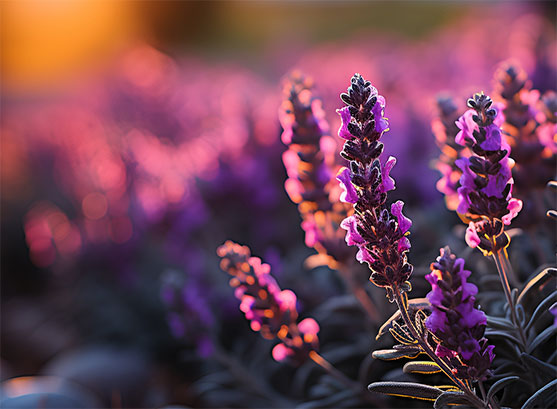Once flowers have bloomed, I always feel a little sad to watch them fade but this marks the transition into a different phase of beauty; every plant holds the blueprint to creating more plants via their seeds. Saving seed is one of the easiest ways to increase the plants in our gardens and it’s free. Satisfaction guaranteed!
Saving seed is like finding treasure; I always take great pleasure in collecting seed. It is a strange feeling to be holding the future in my hands; all that potential. Some seeds are so small it is hard to believe they can develop into towering blooming beauties.
So, what are seeds? Seeds are the life-support machine for the next plant generation, each one containing an embryo with its own self-sufficient food supply. Seeds lay dormant until their surrounding conditions are favourable to germinate, whether that is exposure to light, moisture, cold or warm temperatures, then they spring into action and grow.
As plants are rooted to the ground and can’t move, they have developed different ways to distribute their seed; dispersal can be by blowing in the wind, falling to the soil via gravity, travelling by water, sticking to passing animals or literally exploding out of seed pods.
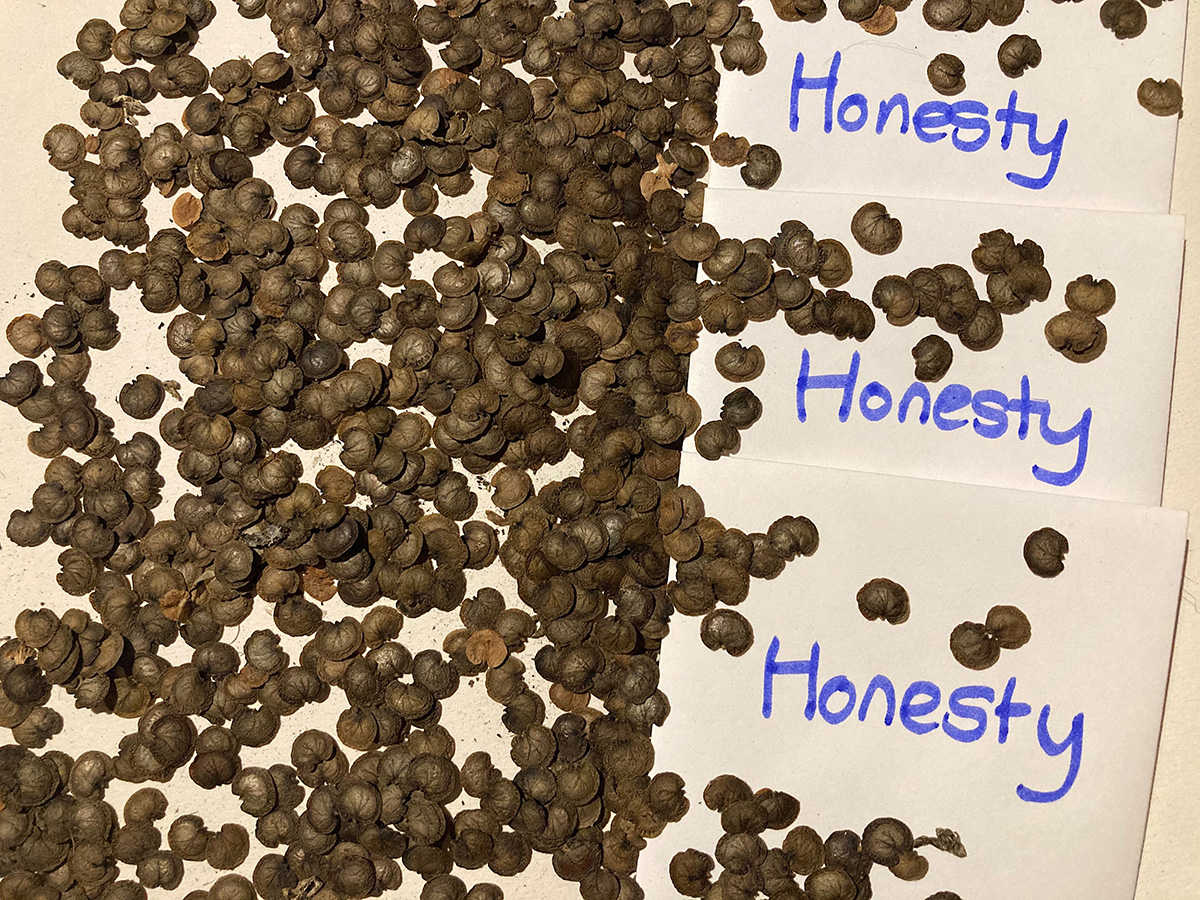
Buying commercial seeds can get expensive; seed packets soon add up, but by taking the time to collect seed from your garden you can multiply your plant collection with minimal cost. You know where those seeds have come from and what products they have come into contact with. Collecting seed also ensures you have a back-up for tender plants in-case they do not make it through winter.
When do you harvest seed?
Once flowers have withered, mature seed will develop in dried flower heads and pods; these will become brown, crispy and once ripe, crack open slightly. Now is the time to collect the seed before it disperses out of its casing. Viable seed, capable of germination, will be darker and harder than juicy immature green seed; if seed is still moist and green then wait.

A fun thing I like to show children is how to check if poppy seed is ready to harvest; give the seedpod a gentle shake and if you hear a rattle the seed is viable, if there is no noise then the seed needs more time to mature. Even the empty pods come in useful as they are a great addition to dried flower displays.
Top tips for harvesting seed
I always wait for a windless, dry day, this way the seed is not going to blow away when I start moving the seed heads and stems. I also wait to harvest seed until late morning so that any dew has evaporated; I want those seeds as dry as possible before I start collecting.
For small flowers like cosmos, I take an envelope or paper bag and place it under the seed head then snip the seed head off into the bag, giving it a little shake to release the seed. With large, long stems like foxgloves it is far easier to put a big tub under the plant before I snip off the stem. Foxglove seed is tiny and will fall from the pods with the slightest touch so a tub stops me losing all the seed to the soil; I then decant the seed into envelopes after collection.
Make sure you leave a few seed heads in situ as insects need somewhere to shelter over winter.

How to prepare your seed
Once indoors I lay my seed on a sheet of white paper inside a seed tray, I find this makes it much easier to distinguish seed from waste plant material and stops seed rolling away over the floor, keeping it contained. You will probably even find some insects that may have got caught in the harvest. Carefully remove any bugs and return them to your garden, then discard the ‘chaff’ from the seed with a pair of tweezers. Chaff is the name given to dry remnants of flowers, leaves, stems and husks. I then leave the seeds to dry out naturally by laying them on a piece of kitchen roll or newspaper; this will absorb all last traces of moisture.
How to store seed
It is important to store seed carefully or it may rot. Pop seeds into labelled paper envelopes and place in a cool, dry place away from bright light and fluctuating temperatures. Seed will last far longer if stored in cool conditions. Date your seed packets so you know when they were collected; some seeds have a limited time period before they must be sown, this can be anywhere between 1-4 years.
If you are concerned about moisture levels then place a packet of silica gel or a teaspoon of rice in with your stored seeds to absorb any lingering moisture; this will help prevent seeds rotting.

Types of seed
Seed varieties are endless from flowers to veg but we can sometimes forget that trees, shrubs and grasses also produce seed. If you have the seed, you have the potential to fill your garden with new plants. Seed comes in all sorts of shapes and sizes so it is fascinating to collect seed from different plants. Next time you go past your flower bed take a look at your plants and their seeds.
Nasturtium, sweet pea and sunflowers have large seeds making them easy to handle whereas antirrhinum, foxglove and poppies have tiny seeds not much larger than specks of dust. Zinnia, cosmos (see main image), calendula and marigold seeds have a grass-like quality to them whereas aquilegia and nigella are like small black teardrops.
Don’t forget to save your homegrown vegetable seed; beans, peas and pumpkins produce hundreds of seeds. Although lots of seed lasts for years some have a short shelf life, like parsnip, and need sowing the following year or they may not germinate.
Even homegrown tomato seed can be saved but needs to be harvested differently from dried seed. Their seed is encased in a protective jelly-like membrane that prevents the seeds from germinating so this needs to broken down to extract the seeds but don’t worry it is very easy to do. Choose what varieties you wish to grow and then cut your tomatoes in half and scoop out the seeds into a little glass pot with a teaspoon. Cover the seeds with cold water and ignore them for about four days; in this time a white scum will appear on the surface. The water stimulates a fermenting process that dissolves the jelly membrane around seeds. Once this has occurred place the seeds in a fine sieve to wash clean with water. Dry and store.

Seed swaps
I have been guilty, as I’m sure we all have, of holding on to too many seeds, they are hard to resist but there are only so many seeds we can sow and realistically have space to plant in our own gardens so an easy solution to deal with seed gluts is to swap them. Look out for local seed swaps. These events are a great way to pass on your excess seeds, try some new varieties and meet like-minded people.
